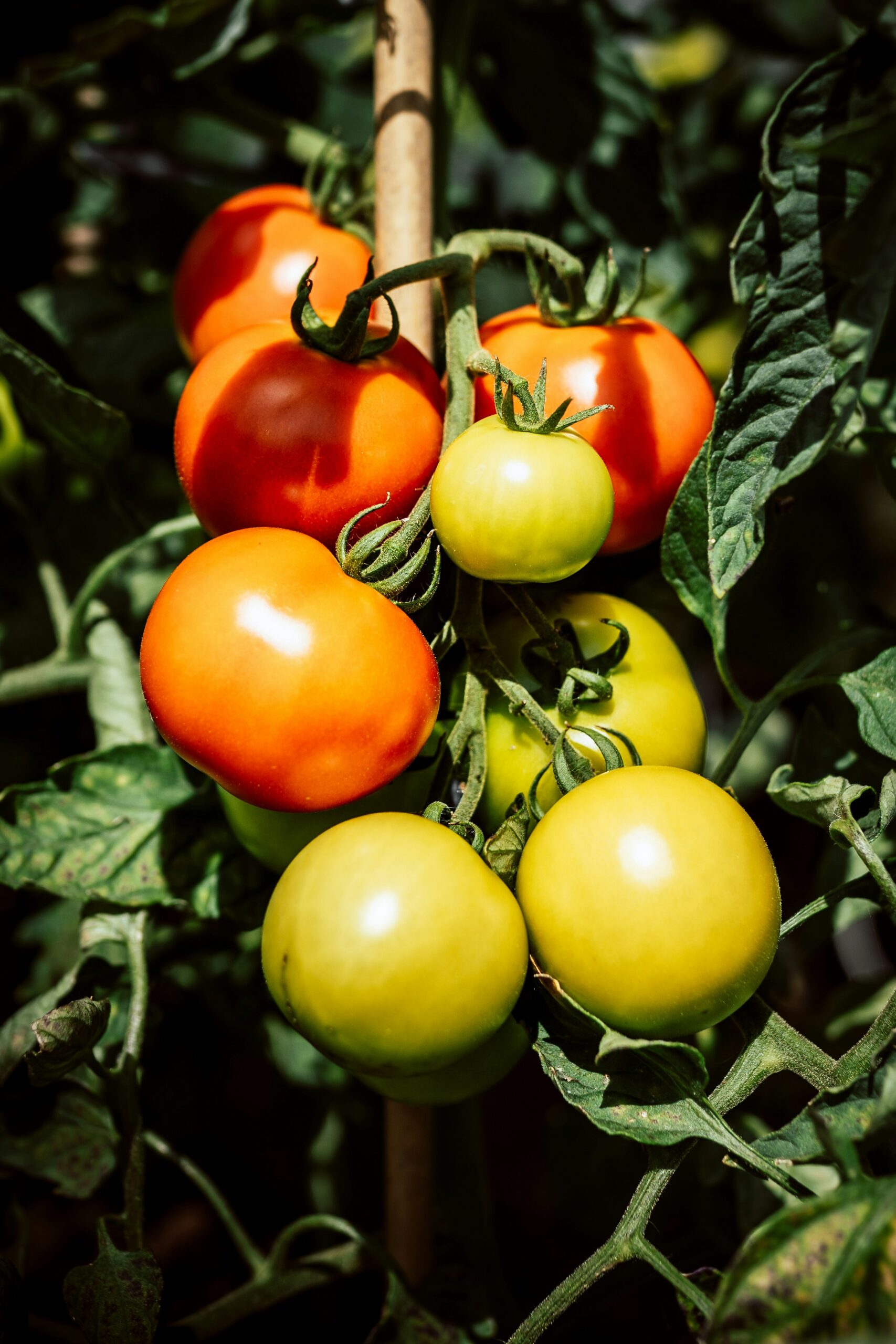Renovating a kitchen is a lot like getting a tattoo. It is a painful process but the end result can be rewarding enough to make you forget the pain. I have carried out several total-tear-out renovations for kitchens in the past 5 years. I am not counting the 3 remodel jobs I have done in the past 6 years.
Right now, I am teaming up with a friend on a sagging Victorian kitchen. However, we needed to sit still for some weeks after demolishing it to put together the money for the project. Now I can think of the lessons learnt during my time renovating. I hope I can apply everything I have learned to this project.
First, let’s take a look at everything step by step. I started with the kitchen in the attic of my Airbnb. What was once a hoarders-space was transformed into a cozy and cute space with a vintage vibe, ideal for entertaining visitors.
One of my most exciting projects was when I redid my own kitchen. It morphed from a cramped space painted in Crayola colors, into a glamorous space with sleek black walls. It has been a pleasure cooking in my new kitchen the past two years. My other project was when I worked on my other house last year.
I changed the dirty and dated kitchen into a cleaner and brighter space. After the renovation, I immediately got an offer on the house.
What previously acquired tips will I use on my latest project?
Budget, Budget, Budget
Renovating a kitchen can be very expensive. It is easy to disregard your budget and spend more than you planned to, even when the budget is generous. The possibilities in yummy countertops, pretty tiles, and fancy appliances are just too tempting. But my budget for the flip house and the Airbnb was quite low.
Not only was my budget low, but it was definitely below average. I still managed to do everything within my budget in all the projects.
It takes lots of effort to pull it off, but the payoff is amazing when you can score amazing bargains. Every time you spend more than you planned to on an item, you will have to counterbalance it by saving money on something else. Hunting down thrift items and vintage pieces can help you to counterbalance and still decorate tastefully.
Skip the Shticks
Do I find the faucet in my kitchen gorgeous? Definitely. Would I purchase the touch sensor again? Not in a million years.
It sounded like a great deal when I was getting it. But what they don’t tell you is how when its batteries die, your faucet stays off. Do you know when it happens? At the worst possible moments (picture a sink filled with dirty dishes). Not only that, it confuses guests and is generally irritating. Before I purchase a piece of fancy tech for the sake of it, I’ll take time to think of its actual usefulness.
Statement Pieces are a Must-have
Every kitchen deserves a star. My home kitchen had the Ferrari red Bertazzoni range. I was lucky enough to get them for a steeply discounted price. The Airbnb had a vintage stove. Four people had to carry the 1940s Florence up the staircase. Both of the pieces give the kitchens a striking appearance. That is something the flip kitchen missed.
I loved the final look. But given a chance, I would do things differently. For the current project, we want to get a great quartzite counter for the Island. It is sure to make a statement.
Before Making Big Purchases Always Check Out Reviews
I just loved the black stainless look on appliances. Unfortunately, I didn’t do my homework. (Why would I do such a thing? Because I was afraid of any reason that would come up and keep me from making the purchase that was already half-priced online.)
That was a decision I came to regret. The appliance gets a scratch when you so much as look at it. I am not the only one with this regret. If I had bothered to do some research, I would have known that the same thing had happened to many other people before me.
Don’t go Cheap on the Floors.
You cannot splurge on everything, but don’t compromise on your floors. I made the unfortunate choice of going for cheaper vinyl tiles when I was renovating my Airbnb. Almost as soon as we had installed the tiles, it became obvious why the tiles were cheap. I still have the same tiles years later now, and I regret every minute of it.
Cheap materials should not be used on kitchen floors. Yes we saved some money, but that was only short term. Right now, my floors need redoing and it is going to be so much more annoying to do it now than it we had gotten it right in the first place. If I could turn back the clock, I would definitely go for something more durable.
Make your Instructions Specific
There was a pleasant surprise waiting for us when we demolished our kitchen floor. We discovered hardwood flooring underneath our kitchen (home). When we received this gift from the universe, we decided to refinish the floors instead of retiling them.
However, a few areas needed patching. The crew that was to do the floor refinishing said that they would pull out the pieces where the island would be placed.
I used painters tape to outline the area the island would occupy on the floor. The only problem was that I had forgotten to mention the countertop. They cut everything out, which left a gaping hole.
Patching was done but it wasn’t perfect. I would have avoided the problem by being more specific. I have now learned to explain everything in detail when giving project instructions.


 Tips & Advice4 years ago
Tips & Advice4 years ago
 News & Stories4 years ago
News & Stories4 years ago
 Restaurants4 years ago
Restaurants4 years ago
 Recipes4 years ago
Recipes4 years ago
 Kitchen Gadgets4 years ago
Kitchen Gadgets4 years ago
 Kitchen Gadgets4 years ago
Kitchen Gadgets4 years ago
 Chefs4 years ago
Chefs4 years ago
 Kitchen Gadgets4 years ago
Kitchen Gadgets4 years ago














